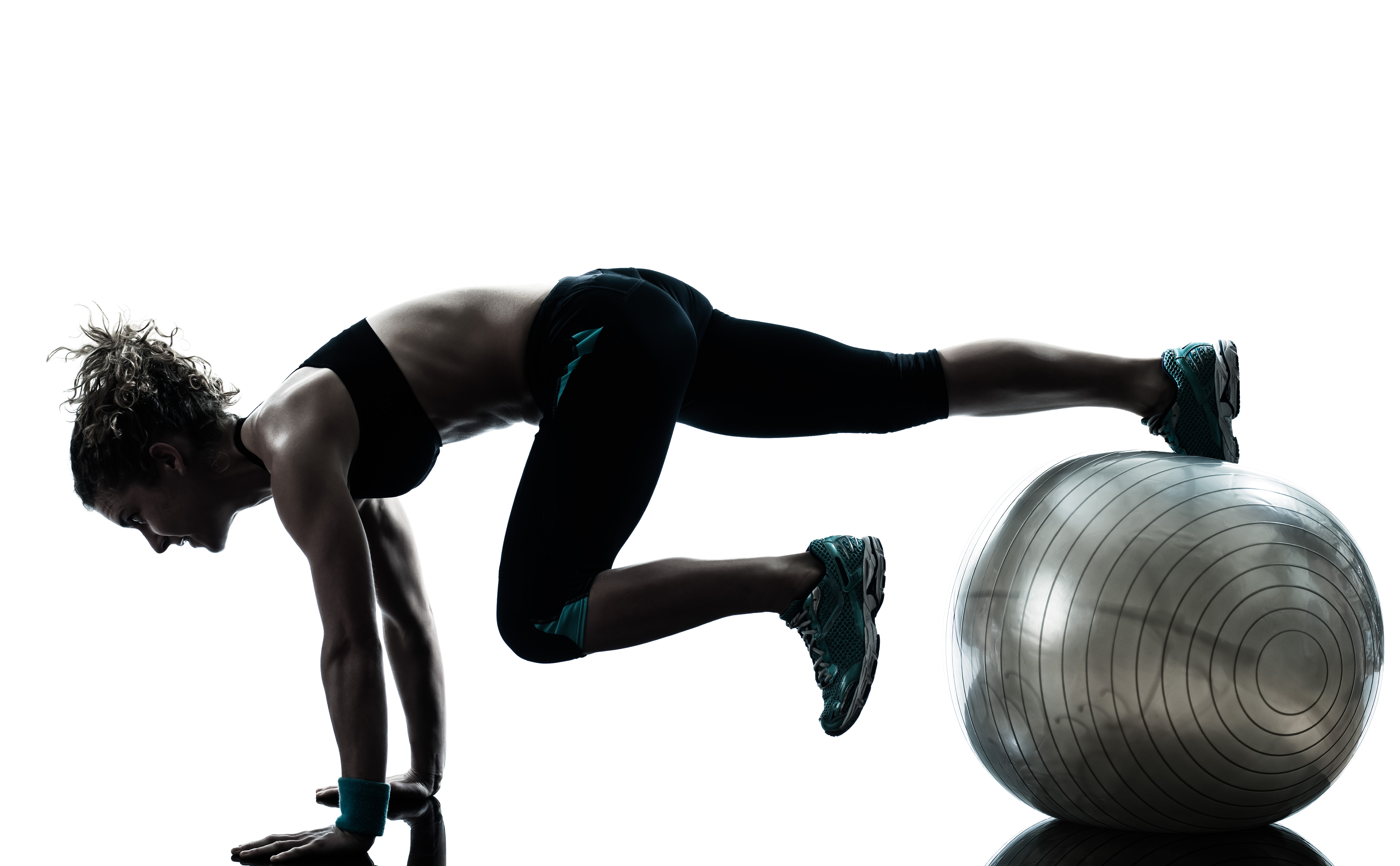The goal of most diet and exercise programs is to improve the look of the body. People are always looking for the magic exercise, pill or diet to achieve the “perfect” body. One of the recent trends is functional training.
The idea behind functional strength training is that the body is integrated, with hundreds of muscles working together to perform a variety of functions. Functional programs are designed to mimic everyday activities. These activities range from moving furniture to swinging a golf club.
A functional exercise will utilize reflex responses to keep balance, force the body to maintain a center of gravity and/or have a high carryover into work or sport. These movements have been shown to improve strength, power, endurance, flexibility, coordination, balance, agility and speed.
A surfer spends his or her time standing on an unstable environment. He or she must use his or her reflexes to stay standing on the board. The reflexes are controlled by the nervous system. While standing on an unstable environment, the body’s sensory receptors will send information to the brain, saying, “We’re about to fall.” The brain then sends a signal down the kinetic chain, telling what muscles need to contract in order to keep balance. This is done without conscious thought. However, the body learns from each experience. The nervous system will be able to plan the contraction before performing the action.
A defensive back in American football must be able to change directions extremely quickly on grass. If he is not able to maintain a center of gravity, he will not have a job for very long. A person’s center of gravity is the midpoint of the body’s weight. This falls in the sacral region of the spine (the exact sacral varies according to body type). Many times during a game, the defensive back must change directions from a backpedal to a lateral sprint as fast as possible. If he does not keep his feet under his center of gravity, his foot will slip and he will not be able to perform his job.
During training, the surfer and the football player will perform movements that have a high carryover into their sport. The surfer will perform upper body movements while standing on unstable environments, such as balance boards and exercise balls. The football player will perform countless change of direction drills. These exercises are functional because they mimic their perspective sports.
The average person should complete training that has a high carryover to their work or everyday activities. Many people have to carry heavy shopping bags or move furniture in their lives. Training for these movements utilize a great deal of full-body exercises.
Full-body exercises, compared to single-joint exercises, restrict local fatigue, reduce stress on individual joints and increase coordination. A biceps curl isolates the flexion movement of the elbow. The biceps muscles fatigue quickly and all the stress is from the elbow down to the hand bones. Meanwhile, a full-body exercise, like a standing twist with a band, will use the biceps to hold the band. The biceps will not fatigue as quickly. The stress will be spread all over the body and the muscles of the arms, legs and core must coordinate to perform the exercise.
Is there a downside to functional strength training? Functional strength training limits muscle growth. If the goal is muscle mass, functional training can take a back seat. However, any beginner should perform functional strength training to improve the nervous system before worrying about mass – integration before isolation.
